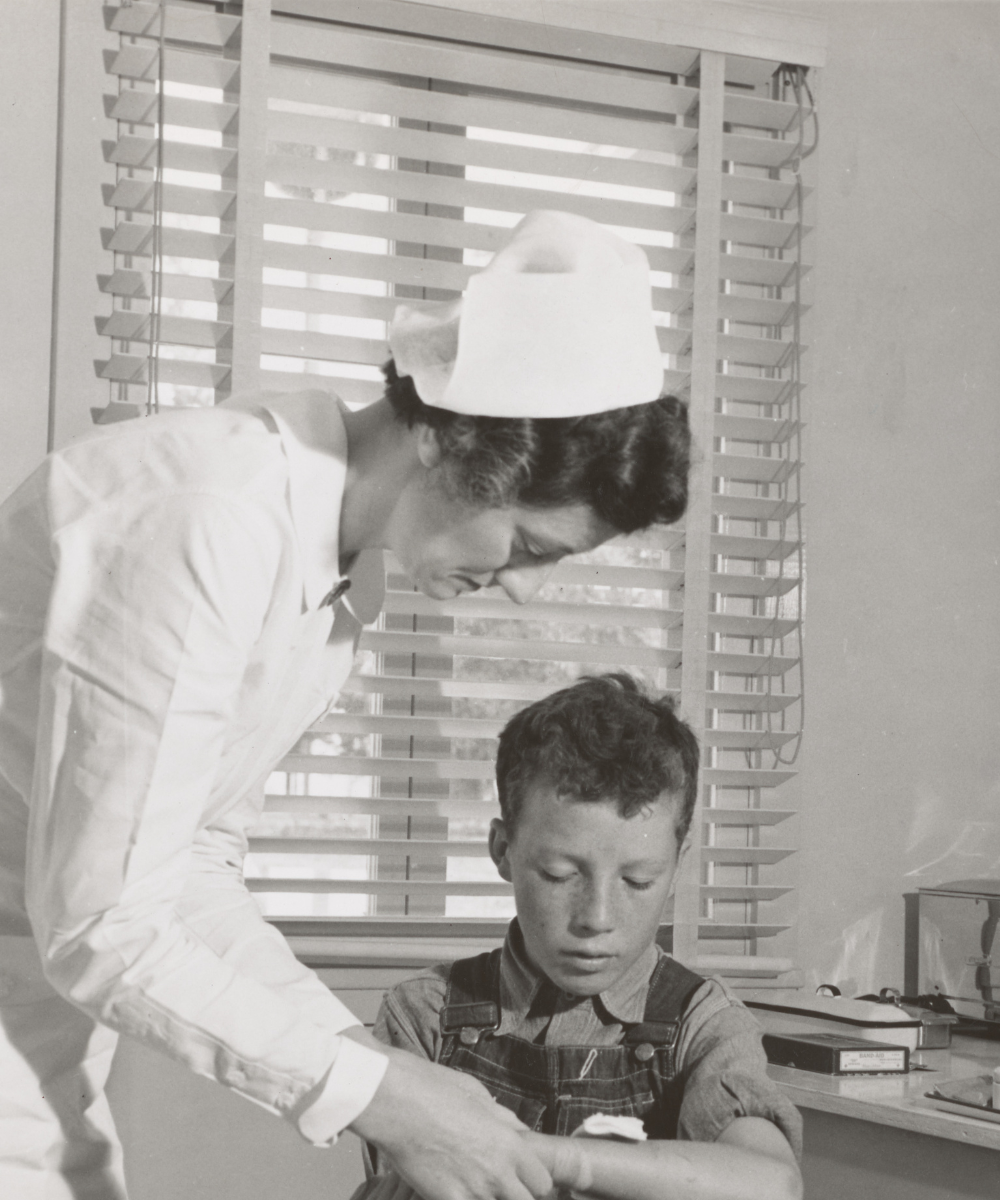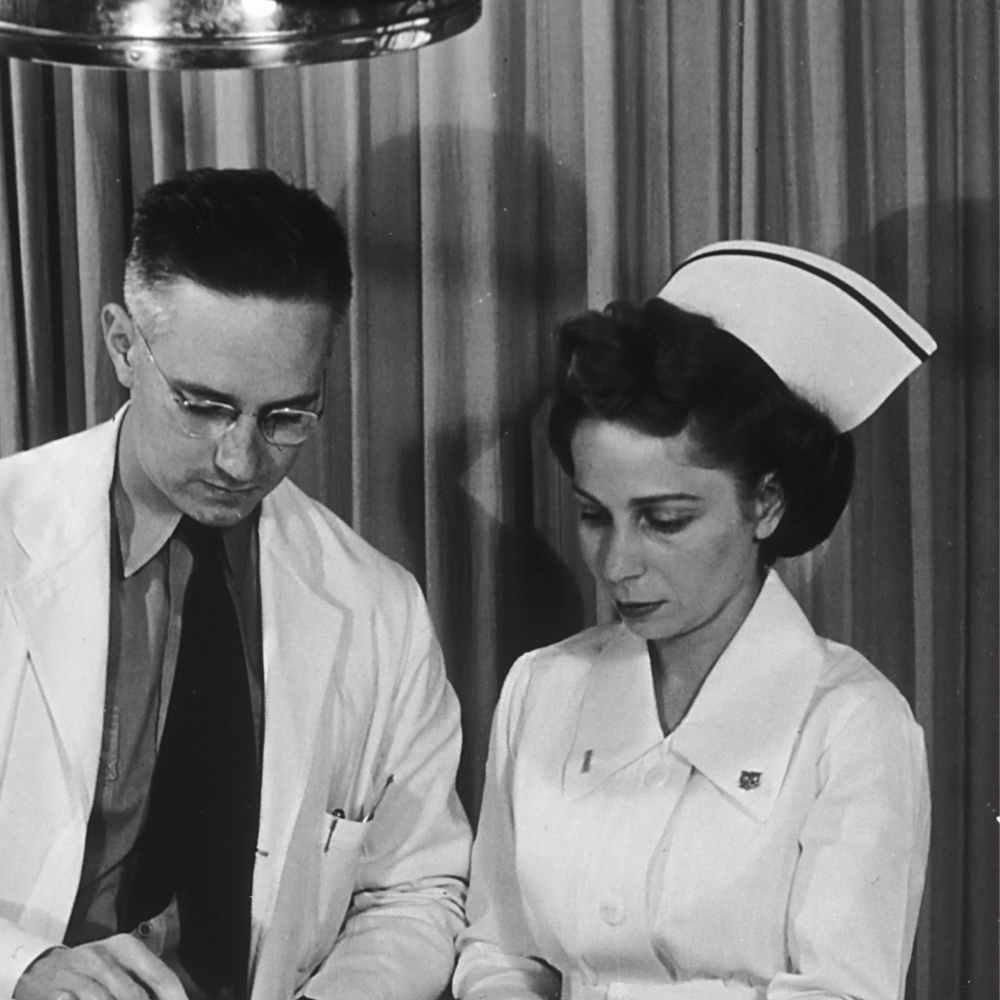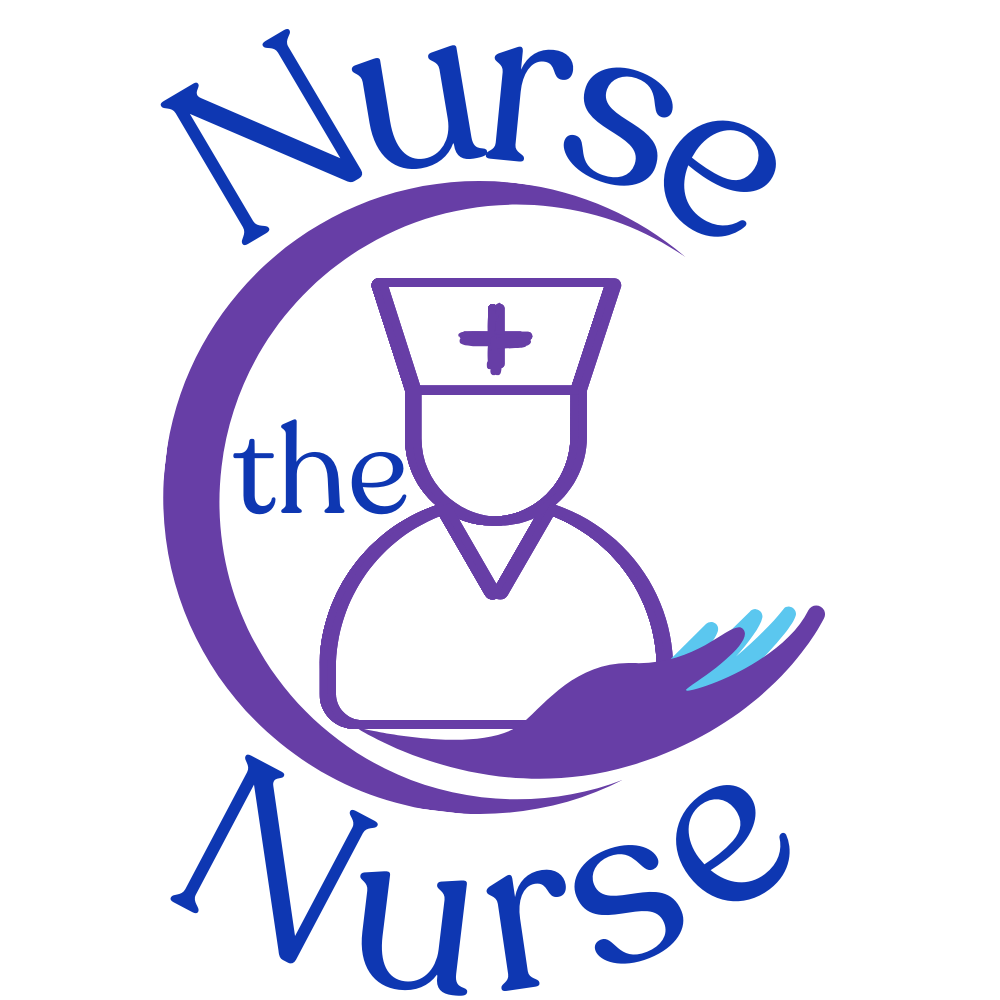I Graduated! Where is My Nurses Cap?
From nurses caps of the past to contemporary trends today, let's take a look at nursing cap history, meaning, and why they are no longer worn.

Did you participate in a capping ceremony when you graduated nursing school? I remember my aunt's graduation picture, wearing her nursing cap, and I vividly recall trying it on in front of a mirror when I was about 5 years old. Nursing caps are an iconic symbol of the nursing profession that have been around for over a century.
These white caps have been worn with pride and honor by nurses all over the world, and have a unique history that dates back to the early days of nursing. Although it served as a sign of identity for the professional nurse as well as their school, many nursing schools have discontinued the nurse cap. By the time I graduated as a registered nurse, a pinning ceremony was the way our achievement was recognized.
This blog post will discuss the history of the nurse's cap, why it was discontinued, and the proper way to wear and care for a nurse cap.
Why Wear a Cap for Nursing?
The white cap was introduced in the late 1800's when nursing schools were opening up everywhere. It was initially developed as a way to signify the distinction between professional and non-professional nurses. Florence Nightingale, the founder of modern nursing, considered the nursing cap an essential part of the nursing uniform for many reasons. For one, it served as a head covering, keeping the hair tied and neat, preventing it from falling into sterile instruments or patient's wounds. Moreover, it added an extra layer of propriety and dignity to the nurses' appearance, elevating them to professional status.
Over the years, the nursing cap transformed into a symbol of respect, competency, and service. Patients could easily identify their caregivers, and the meaning behind the cap had a calming effect on anxious patients. Soon, it became an indelible marker of the nursing profession, and the nursing cap became a symbol of pride among nurses.

Why Did We Stop Wearing Nursing Caps?
In recent times, the traditional nurse's cap has become controversial, and many schools have discontinued its use. Although the reason for abandoning the nurse cap may vary from school to school, it's mostly due to its impracticality. Much like the traditional white dress uniform, nurses caps are challenging to store and maintain properly, are not comfortable to wear, and can be a potential source of infection in the hospital setting. Can you imagine having to press, starch and iron a cap every day before work? Nightmare!
Another reason for doing away with the nurse cap, along with the traditional nurse's uniform, was the sexist tone it represented, to have specific requirements for women that did not apply to men. Male nurses were not required to wear the cap. Many saw this, along with the dress, a requirement placed only on female nurses, to be unfair and impractical.
Schools are now adopting the pinning ceremony, replacing the traditional capping ceremony. The purpose of the pinning ceremony is to honor nursing students' academic achievements and recognize their transition into the nursing profession. During the ceremony, the nursing students receive a pin that signifies the school and program they just completed. It has become a widely accepted tradition to symbolize the significant milestone of completing a challenging program.
How to Properly Wear a Nurse Cap
While I was in a clinical rotation at a local hospital ICU, I met a nurse who still wore her nurses cap with great pride. She said wering it made her feel more like a nurse and she would wear it as long as they let her. If you are lucky enough to attend a capping ceremony or choose to wear a nurse cap at work, here are some tips on how to properly wear and care for it:
- The nurse cap should be worn at the top of the head, with the pointed part facing towards the back.
- Use bobby pins and hair clips to secure the cap firmly to your hair.
- Avoid touching the cap unnecessarily to prevent it from getting dirty and transferring bacteria.
- When not in use, store the cap in a safe and clean place, preferably in a box or bag designed specifically for nurses caps.
Cleaning a Nurse Cap
Proper cleaning is crucial in maintaining the quality and symbolism of a nurse cap. Here are some steps to properly clean a nursing cap:
- If your nurse cap is made of fabric, it's best to hand wash it with mild detergent and cold water.
- Avoid using harsh chemicals or bleach as they can damage the material and cause discoloration.
- After washing, gently squeeze out excess water and lay the cap flat to air dry. Do not wring or twist the cap as it can cause wrinkles and deformities.
- If your nurse cap is made of starched material, avoid washing it completely and instead spot clean any stains with a damp cloth. If you must wash it, you will likely need to re-starch the cap.
- Once dry, use an iron on low heat to smooth out any wrinkles and maintain the cap's shape.
Remember to always handle your nurse cap with care as it represents much more than just a piece of fabric. It symbolizes dedication, compassion, and selfless service - qualities that have been deeply ingrained in the nursing profession's history. By properly wearing and caring for your nurse cap, you are not only paying tribute to its significance but also honoring the legacy of those who came before you.

So, next time you put on your nurses cap, take a moment to appreciate its meaning and wear it with pride. Even though it's no longer a mandatory part of the nursing uniform, it still has a crucial place in nursing's heart and soul.
If, like me, you were not offered a nurse cap as part of your graduation, they are still available online from several sources. You will likely not be able to wear it to work, but you definitely earned a nurse cap just as much as your predecessors. There is nothing wrong with celebrating yourself with a traditional nurse cap if you want!
You could even research what style of nurse cap your school used in the past, and shop for one that matches those previously given to nurses that graduated from the same program.
Whether your nursing program has a capping ceremony or a pinning ceremony, the significance remains the same- to celebrate the students' accomplishments and embrace their transition into the nursing profession. Keep shining bright, nurses! #NursePride #NursingTradition
Discussion
Did you receive a nurse cap when you graduated?
Do you, or anyone you work with still wear one?
If you did not receive a nurse cap, do you wish you did?
